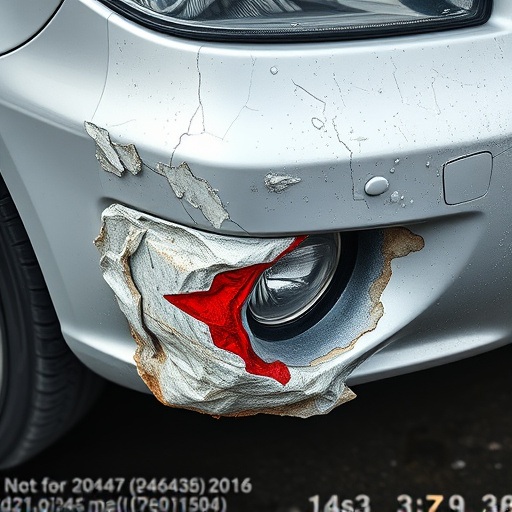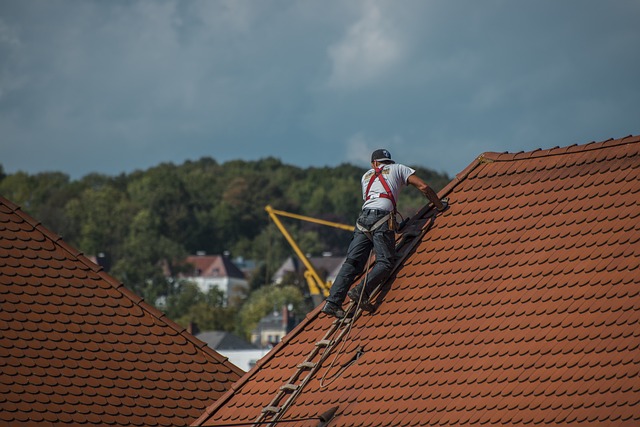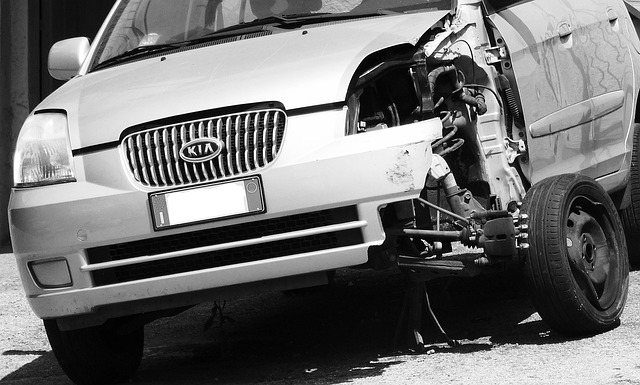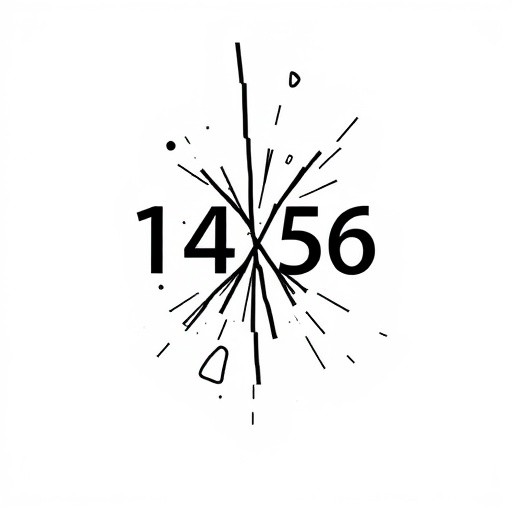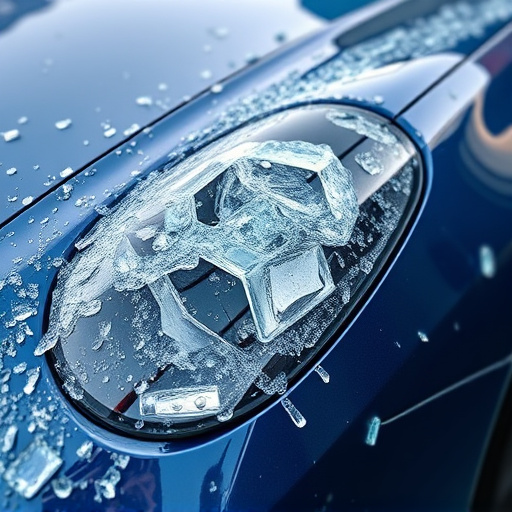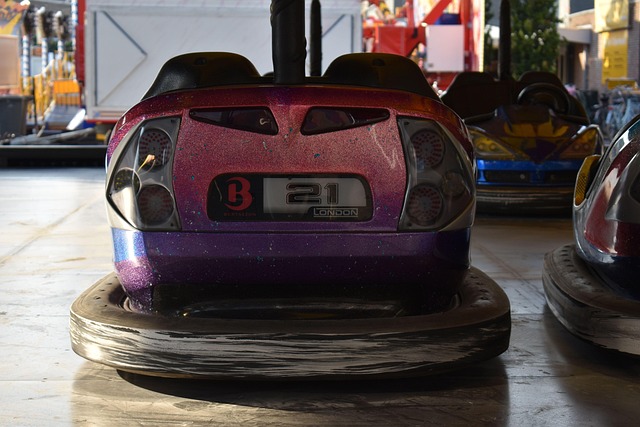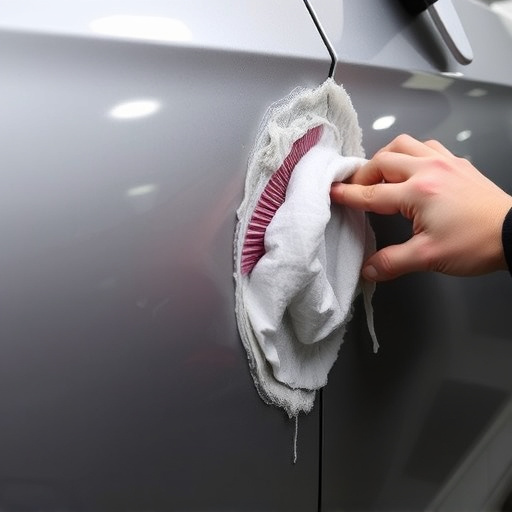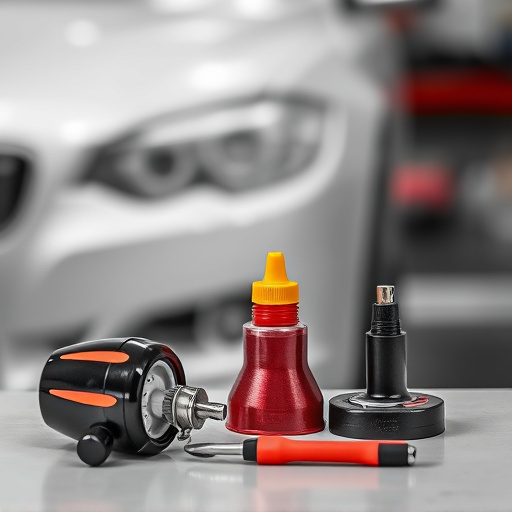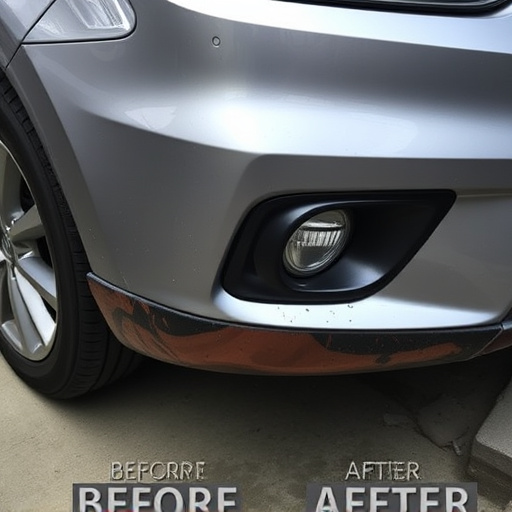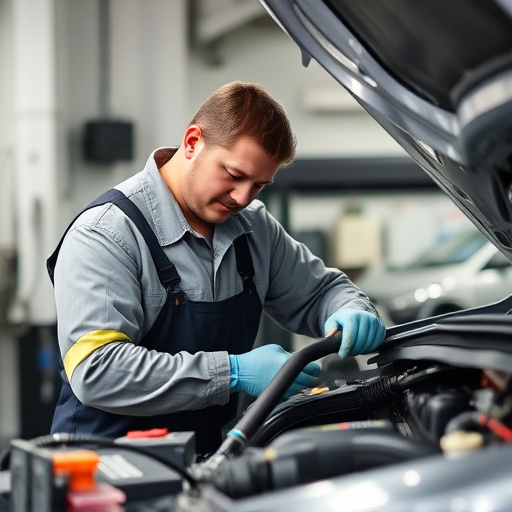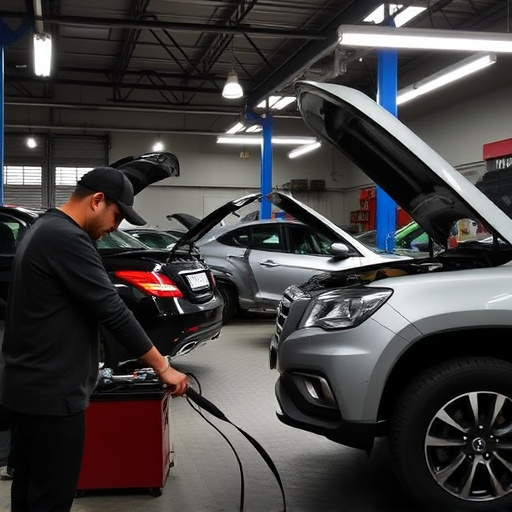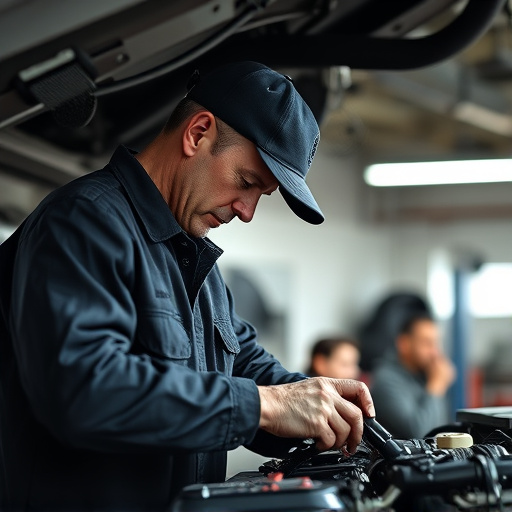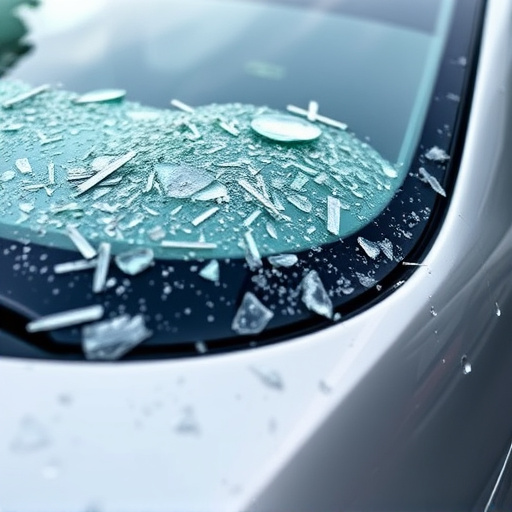C-pillar repair is a specialized process that restores and reinforces vehicle structural integrity after damage. Skilled technicians conduct thorough inspections, replace damaged parts using specialized machinery, and rigorously test repairs to meet safety standards. Efficient post-repair follow-up enhances safety, structural integrity, and customer satisfaction. Regular C-pillar maintenance through inspections, alignment, painting, and timely replacement prevents costly future repairs, ensuring vehicle safety and resale value.
In the realm of automotive maintenance, C-pillar repair is a critical yet often overlooked aspect of vehicle upkeep. This article delves into the intricacies of the C-pillar repair process, highlighting its significance in ensuring structural integrity and safety. We explore the benefits of efficient post-repair follow-up and provide strategic tips for effective C-pillar maintenance, enabling folks to navigate this crucial component seamlessly. Remember that a well-maintained C-pillar is a testament to both safety and longevity on the road.
- Understanding C-Pillar Repair Process
- Benefits of Efficient Post-Repair Follow-Up
- Strategies for Effective C-Pillar Maintenance
Understanding C-Pillar Repair Process
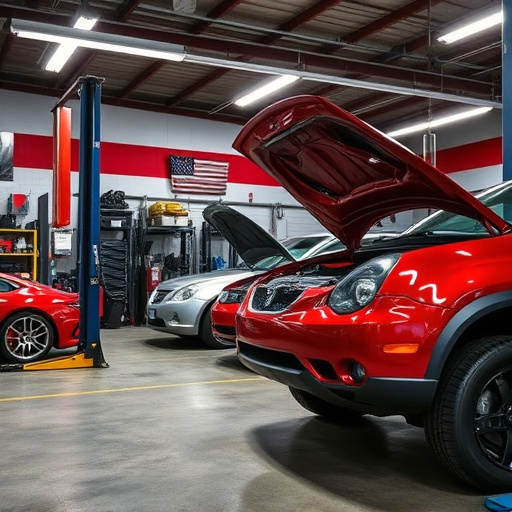
C-pillar repair is a specialized process that involves the restoration and reinforcement of a vehicle’s structural integrity after a collision or damage. This critical component, located at the intersection of the roof, doors, and body, plays a vital role in the overall safety and stability of the vehicle. Understanding the C-pillar repair process is essential for both car owners and those seeking vehicle repair services. It requires skilled technicians who can accurately assess the extent of the damage, utilizing advanced tools to make precise cuts and installations while ensuring perfect alignment.
The repair begins with a thorough inspection, identifying any cracks, bends, or deformations in the C-pillar. Next, damaged parts are carefully removed, and new components are fitted, often requiring specialized machinery for accurate fitting. Once the new C-pillar is securely in place, it undergoes rigorous testing to guarantee its structural integrity and ensure it meets safety standards. This meticulous approach, combined with high-quality materials, guarantees not just effective repair but also enhances the overall performance of vehicle tire services and collision center operations.
Benefits of Efficient Post-Repair Follow-Up

Efficient post-repair follow-up is a crucial aspect of C-pillar repair that offers numerous benefits for both businesses and customers. One of the key advantages is ensuring the safety and structural integrity of the vehicle. Prompt action after repairs, such as inspecting and securing components like the C-pillar, minimizes the risk of future issues caused by poor healing or misalignment. This proactive approach not only saves on potential costly repairs but also enhances the overall driving experience for the vehicle’s owner.
Moreover, a well-managed post-repair follow-up process contributes to customer satisfaction and retention. Happy customers are more likely to return for routine maintenance and future repairs, fostering a loyal relationship with your body shop services. Additionally, effective follow-ups provide an opportunity to address any concerns or questions the client may have, solidifying their trust in your hail damage repair, dent repair, and other specialized services.
Strategies for Effective C-Pillar Maintenance
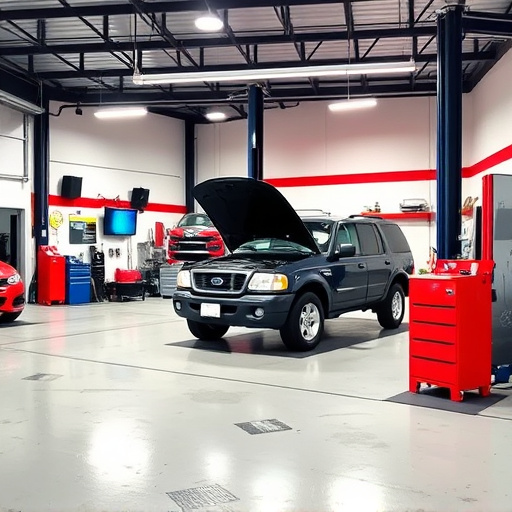
Maintaining the C-pillar, a critical structural element in vehicles, is essential for safety and longevity. Regular inspections are paramount to identify any damage early on. Auto repair shops equipped with experienced technicians can conduct thorough checks, spotting even the subtlest signs of wear or previous repairs. This proactive approach ensures that potential issues don’t escalate, preventing costly and extensive C-pillar repairs later.
Effective maintenance strategies include proper panel alignment, regular painting services to prevent rust, and timely replacement of damaged or corroded components. For instance, fender repair techniques specific to the C-pillar can restore its integrity after minor accidents or cosmetic renovations. By combining these practices with meticulous care, car paint services can ensure the pillar’s structural soundness, enhancing overall vehicle safety and resale value.
C-pillar repair is a game-changer in ensuring vehicle safety and longevity. By implementing efficient post-repair follow-up strategies, as discussed, auto shops can significantly improve customer satisfaction and reduce recurrent issues. Remember that regular C-pillar maintenance is key to avoiding costly repairs down the line, making it an essential aspect of vehicle care that should not be overlooked.
